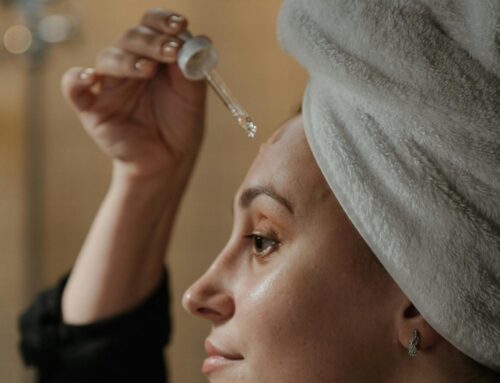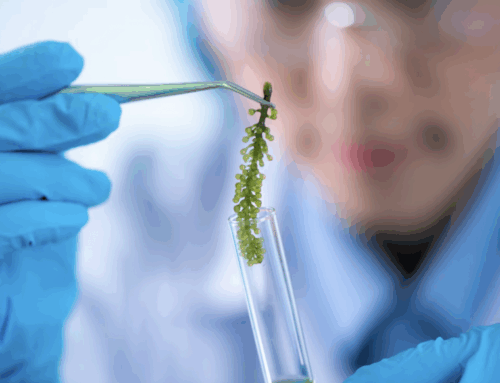Microplastics are tiny plastic particles less than 5 millimeters found in our water, food, air, and personal care products. Dermatology is now paying close attention to how these particles may affect our skin and health.
What Are Microplastics and How Do They Get on Skin?
Microplastics come from the breakdown of larger plastics, synthetic fibers, and as ingredients in some cosmetics and skincare. Most microplastics enter the body through ingestion or inhalation, but skin contact is another route, especially through products like scrubs and makeup. Nanoplastics, which are even smaller, may penetrate the skin more easily.
Can Microplastics or Their Chemicals Penetrate Skin?
Recent studies show that intact skin is a strong barrier against most plastic particles. However, certain chemicals added to microplastics—such as flame retardants and plasticizers—can be absorbed through the skin, especially when the skin is sweaty or hydrated. In one study, up to 8% of these additives were absorbed by the skin, but less than 0.14% reached the bloodstream. The microplastic particles themselves rarely pass through healthy skin, but the chemicals they carry can.
Potential Effects on Skin Health
Emerging evidence suggests microplastics and nanoplastics may:
- Disrupt the skin barrier and its normal function
- Trigger local inflammation and immune responses
- Induce oxidative stress, which can accelerate skin aging
- Cause irritation or allergic reactions, especially in sensitive individuals
Animal and cell studies have shown that nanoplastics can penetrate deeper skin layers, provoke inflammation, and disrupt normal skin cell function. Chemicals like phthalates and bisphenol A (BPA) found in plastics are linked to hormone disruption and other systemic effects.
Microplastics in Cosmetics and Personal Care
Microplastics have been used as exfoliating beads, fillers, and stabilizers in some skincare and makeup products. While many countries have banned microbeads in rinse-off products, microplastics can still be present in other formulas and as contaminants from packaging. Each use of certain personal care products can introduce thousands of microplastic particles into the environment and onto your skin.
How to Limit Exposure
Although it’s impossible to avoid microplastics entirely, you can reduce your exposure:
- Choose products labeled “microplastic-free”
- Avoid items with polyethylene, polypropylene, or “microbeads” in the ingredient list
- Store food and drinks in glass or stainless steel instead of plastic
- Use air and water filters at home
- Wash new clothes before wearing and choose natural fibers when possible
The Bottom Line
Microplastics are an emerging concern in dermatology. While the risk from skin exposure appears lower than from eating or breathing in plastics, the chemicals in microplastics can be absorbed and may disrupt skin health and barrier function. As research continues, dermatologists recommend practical steps to limit exposure and encourage policies to reduce plastic pollution.




